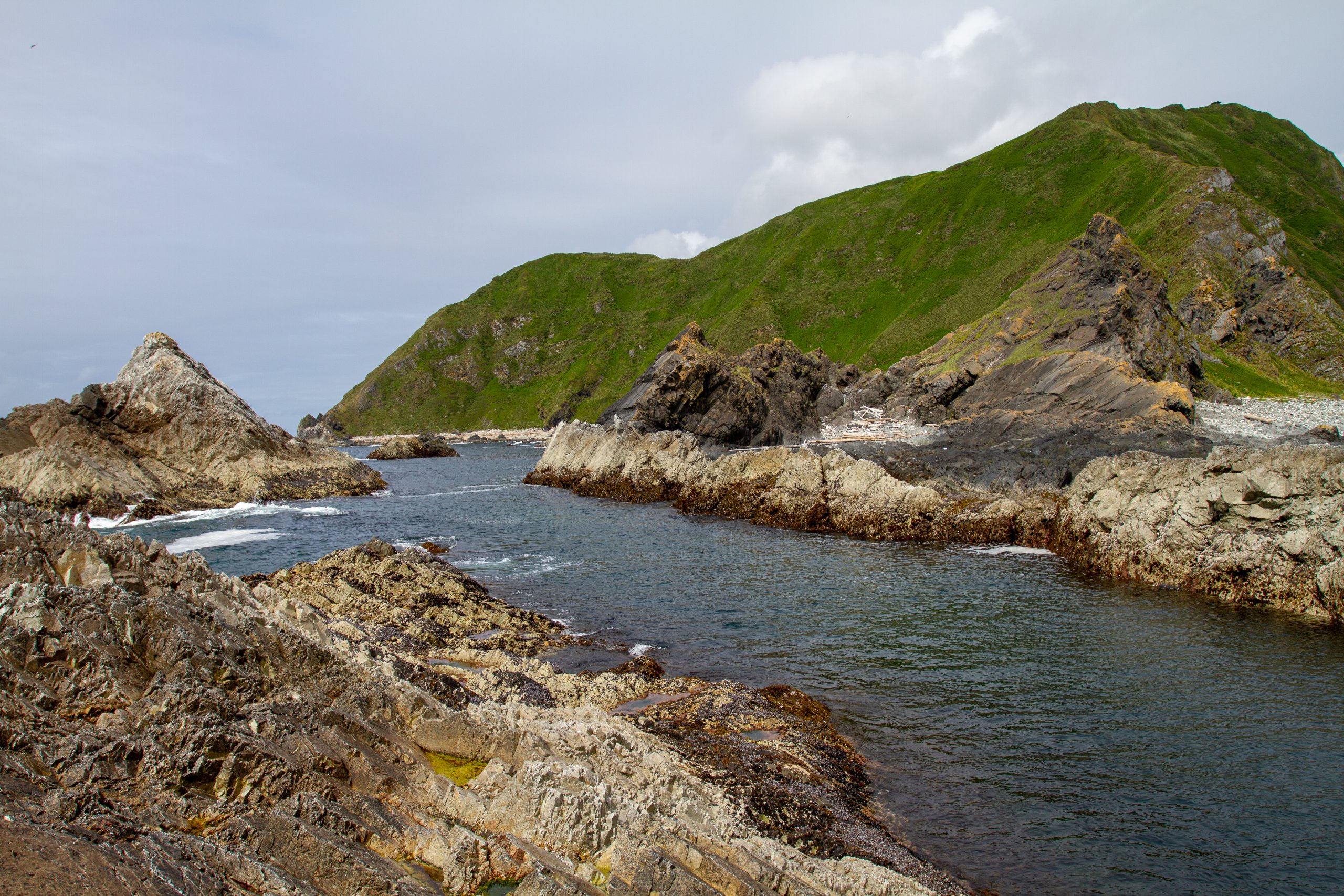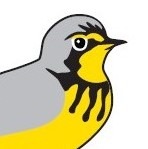Pacific Invasive Species Project On BC’s central coast, Haida Gwaii, and the Scott Islands
Seabirds are some of British Columbia’s greatest treasures, and the province has a global responsibility for them. Some of the largest breeding colonies in the world of Cassin’s and Rhinoceros Auklets, Ancient Murrelets, and Leach’s and Fork-tailed Storm-Petrels are on British Columbia’s offshore islands, and large proportions of the world’s Glaucous-winged Gulls, Black Oystercatchers, and Pelagic Cormorants nest along the province’s coast.
One of the major threats to these seabirds is invasive alien species, particularly predatory mammals. Invasive alien species are animals and plants that are introduced into a natural environment where they are not normally found, and threaten native animals and plants through competition, predation, and disease. Worldwide, invasive alien species have driven more than 50% of bird species extinctions since 1700.
Birds Canada is collaborating with First Nations, local governments, non-governmental organizations, and private citizens to reduce the impact of invasive alien species on British Columbia’s seabirds.
To find out more: bcprograms AT birdscanada.org
Watch these videos to learn how you can do your part to follow the guidelines laid out in the biosecurity plan for the Scott Islands archipelago.
Click to Learn more...
The Scott Islands marine National Wildlife Area is home to approximately 1.4 million seabirds representing 40% of British Columbia’s breeding seabird population. As such, they are considered the most important seabird breeding colonies in British Columbia.


